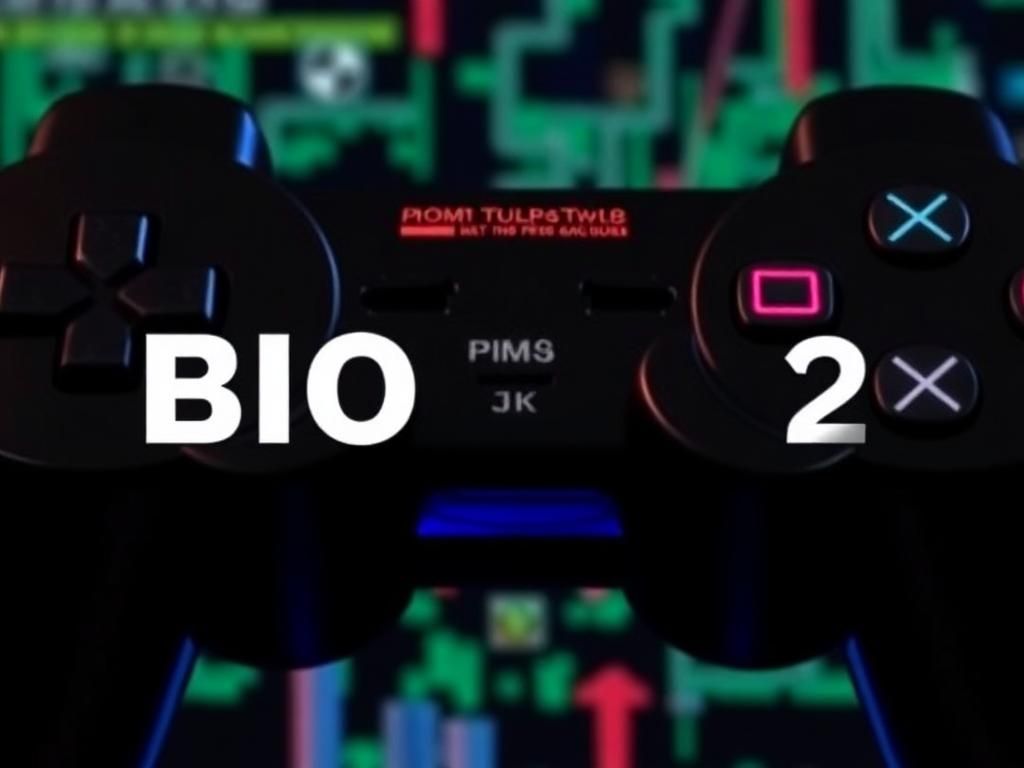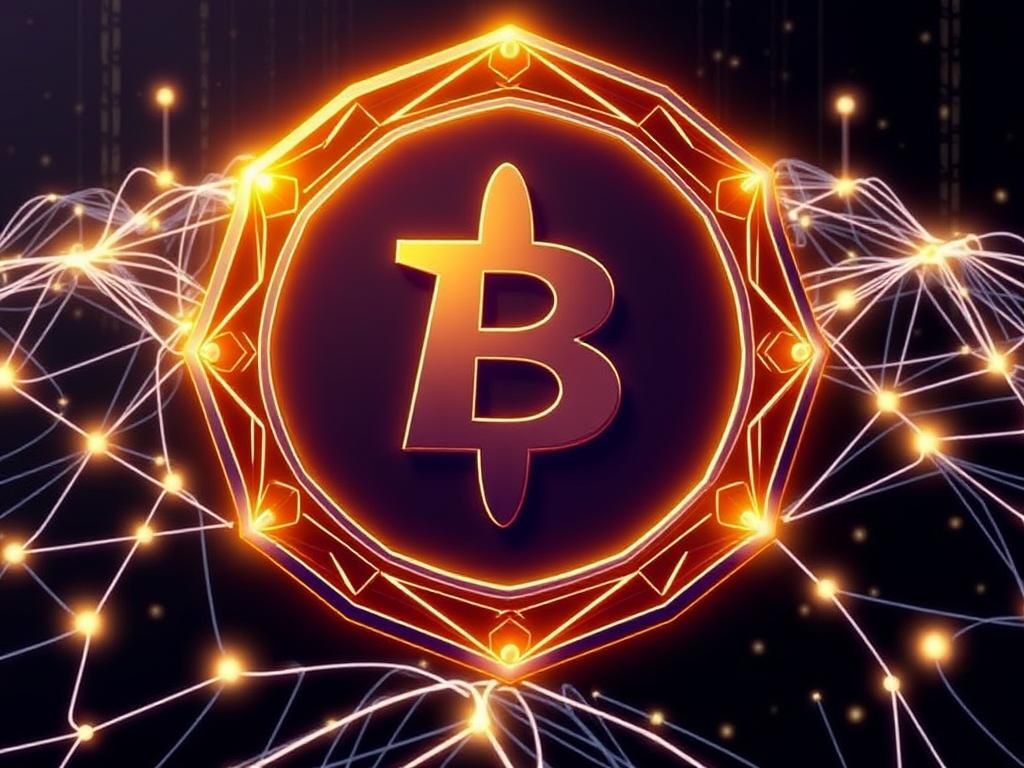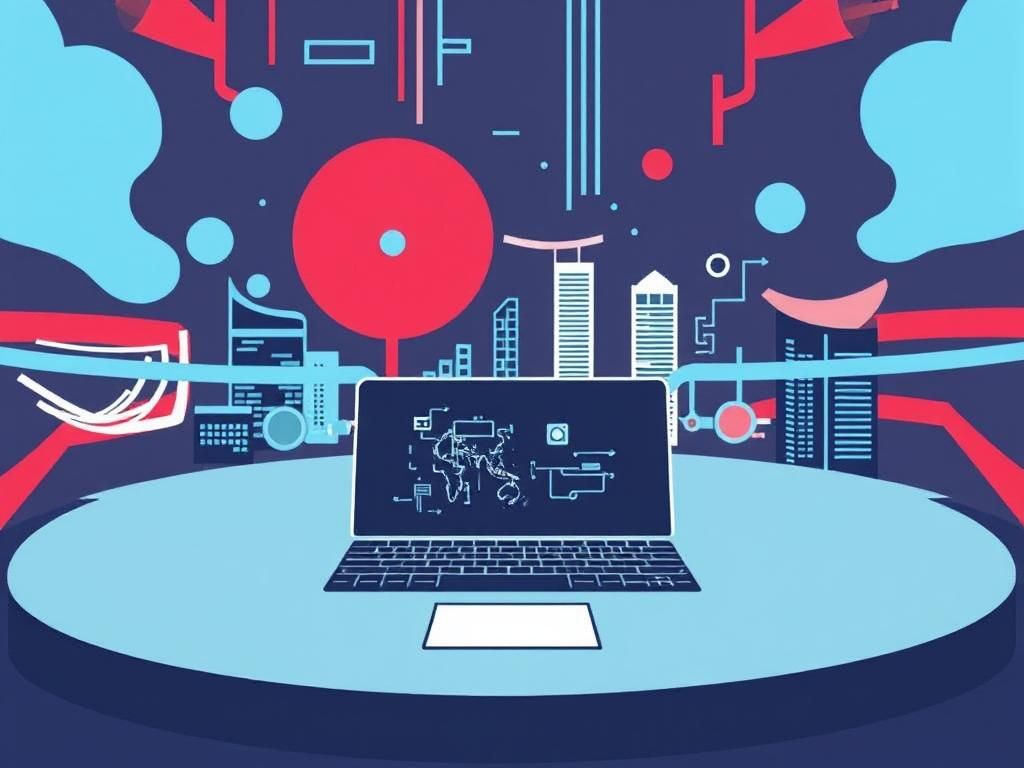The PS2 BIOS (Basic Input/Output System) is crucial in the gaming universe, especially when it comes to the PlayStation 2 (PS2) console. As a bridge between hardware and software, the BIOS plays a significant role in the functionality of the PS2, impacting gameplay, performance, and even the experience of using emulators. In this comprehensive guide, we will explore the ins and outs of PS2 BIOS, examining its importance, how to obtain it legally, and its application within emulators.
Introduction to PS2 BIOS
What is BIOS?
The term BIOS refers to the Basic Input/Output System, which is firmware that initializes hardware during the startup process and provides runtime services for operating systems and programs. In the realm of gaming consoles, the BIOS is integral for starting up the system and ensuring that the various components communicate effectively.
Importance of PS2 BIOS
The significance of PS2 BIOS extends beyond mere initialization. It influences the overall gameplay experience and emulator performance. The PS2’s BIOS is unique in that it contains essential features like hardware initialization, driver support for peripherals, and security protocols. These features ensure that users can enjoy a seamless gaming experience, whether on the original hardware or through emulation.
Understanding PlayStation 2 and its Hardware
Overview of the PlayStation 2 Console
Launched in 2000, the PlayStation 2 quickly became one of the best-selling game consoles of all time. Its market impact was profound, as it introduced gamers to an array of titles, anthology-style games, and advanced technology. The PS2 features the Emotion Engine CPU, capable of processing complex calculations, alongside the Graphics Synthesizer GPU, which delivers stunning visuals and immersive gameplay. With 32 MB of RAM, the PS2 managed to push the boundaries of gaming graphics and performance at the time.
The Role of BIOS in PS2 Architecture
The BIOS is a fundamental component of the PS2 architecture. It acts as a mediator between the hardware and the software, ensuring that when a game is loaded, all necessary hardware components are correctly initialized. The BIOS communicates with various hardware aspects, such as the CPU and GPU, to guarantee smooth functionality. The synergy between the BIOS and PS2 hardware is essential for both gaming performance and system stability.
Features of PS2 BIOS
Initialization and Booting Process
The booting process for the PS2 begins with the BIOS. Upon powering on the console, the BIOS conducts a self-test and initializes hardware components. The process can be summarized in several steps:
1. **Power-on Self-Test (POST)** – The BIOS checks hardware components to ensure they are functioning correctly.
2. **Loading the Boot Program** – Once verified, the BIOS locates and loads the main operating system from the disc.
3. **Game Loading** – Finally, the BIOS facilitates the loading of the game data, enabling users to begin their gaming experience.
Drivers and Compatibility
The PS2 BIOS comes equipped with built-in drivers for various media formats, ensuring compatibility with a broad range of games and peripherals. This is vital as it allows users to enjoy both original PS2 games and other media formats, enhancing the console’s versatility. Compatibility is key to a successful gaming ecosystem, as it ensures that users can access an extensive library of titles without interruptions.
Security Features
Another vital aspect of the PS2 BIOS is its security features, which include copyright protection and region locking. These security measures are designed to maintain the integrity of game content and restrict unauthorized access to the system. The BIOS plays a significant role in preventing software piracy, ensuring that developers receive fair compensation for their work.
Obtaining PS2 BIOS
Where to Find PS2 BIOS
Acquiring the PS2 BIOS legally can be a challenging task. The official source is indeed the PS2 console itself; extracting the BIOS from the hardware is a common practice among enthusiasts. Online communities, especially retro gaming forums, often provide guides on how to dump BIOS legally from your own PS2. Websites like [PlayStation’s official support page](https://www.playstation.com) can provide essential insights as well.
Legal Considerations
When discussing BIOS files, legal issues arise surrounding their use, especially in emulation. According to copyright laws, the BIOS is often considered intellectual property. Therefore, downloading BIOS from unofficial sources can lead to legal disputes. It’s essential to understand the legal ramifications involved, ensuring that any BIOS obtained is either from your own device or from sources that comply with legal standards for distribution.
Using PS2 BIOS with Emulators
What are Emulators?
Emulators are software programs that enable one computer system to mimic another. In the case of PS2 emulators like PCSX2, they allow users to play PS2 games on more powerful hardware. Emulators typically use the PS2 BIOS to create an experience that closely resembles the original console, making it a critical component for emulation.
Setting Up PS2 BIOS in Emulators
Configuring the PS2 BIOS in emulators like PCSX2 can enhance the gaming experience significantly. Here’s how to do it step-by-step:
1. **Download and Install PCSX2** – First, install the PCSX2 emulator from the official site.
2. **Obtain the PS2 BIOS** – Ensure you have a legal copy of the BIOS.
3. **Configuration** –
– Open PCSX2 and navigate to the BIOS settings.
– Select the folder where your BIOS files are located and ensure the emulator recognizes your BIOS.
4. **Testing** – Load a game to test if the BIOS and emulator are functioning correctly.
Common troubleshooting tips include ensuring that the BIOS file is not corrupted and checking that the version of the BIOS matches the needs of the game being played.
Enhancing Gameplay with BIOS Settings
The PS2 BIOS offers various customization options that can significantly enhance gameplay. Adjusting settings such as graphics resolution, frame rates, and hardware compatibility can optimize performance. For example, altering the resolution can lead to sharper graphics and smoother gameplay, elevating the complete experience for retro gamers or those playing classics on modern hardware.
Common Issues and Solutions
Compatibility Problems
Despite its versatility, users may encounter compatibility issues when using emulators or certain games. Common causes include outdated BIOS versions or lack of support for specific titles within the emulator. It’s essential to keep the BIOS updated and consult community forums for compatibility lists.
BIOS File Corruption
Signs of a corrupted PS2 BIOS include the emulator crashing, games failing to load, or graphical glitches. Recovery methods might involve redumping the BIOS from your PS2 or reinstalling the emulator software. Regular backups of the BIOS can avert issues related to corruption.
Performance Issues
Lag and frame rate drops can hinder gameplay. To resolve these concerns, users should optimize their hardware by enhancing the CPU and RAM. Close any unnecessary background applications that could slow performance, and adjust in-game settings for reduced graphical fidelity when necessary.
Conclusion
Recap of the Importance of PS2 BIOS
The PS2 BIOS is a foundational element in both original consoles and emulators, serving diverse functions from initialization to game compatibility. Its influence extends beyond technical functions, enhancing gamers’ experiences significantly.
The Future of PS2 Gaming and Emulation
As technology continues to advance, the role of BIOS in modern gaming and retro emulation will likely evolve. As new platforms emerge for playing older titles, understanding the complexities of BIOS will become increasingly essential for enthusiasts.
Additional Resources
Recommended Reading
For further exploration on the PS2 BIOS and emulation, consider visiting articles on Reddit’s /r/emulation or guides available on [How to Build a Killer Retro Gaming Setup](https://www.example.com).
Community Forums and Support Groups
Connect with like-minded gamers through forums such as PS2 Emulation on Facebook and the PCSX2 Community Forum for support and discussion.
FAQs about PS2 BIOS
- What is PS2 BIOS? A firmware essential for the PlayStation 2 console that initializes hardware and facilitates game loading.
- Can I use PS2 BIOS with any emulator? Yes, but compatibility varies by emulator; ensure it’s supported by your chosen emulator.
- Is downloading PS2 BIOS illegal? Yes, downloading unauthorized BIOS files can violate copyright laws; obtain it legally from your own PS2.
- How do I fix compatibility issues with PS2 BIOS? Ensure your BIOS is updated and check game compatibility listings within the emulator community.
- What should I do if my BIOS file is corrupted? Redump the BIOS from your console or reinstall the emulator software.
- How can I enhance performance while using PS2 BIOS in emulators? Optimize hardware settings, adjust graphical fidelity, and close unnecessary applications to boost performance.
- Can I play PC games using PS2 BIOS? No, PS2 BIOS is specifically for PlayStation 2 games; PC games require different BIOS.
- Do I need a controller to use PS2 BIOS in emulators? While optional, a compatible controller enhances gameplay experience.
- Are there specific BIOS versions for various PS2 games? Some games may perform better with certain BIOS versions, so it’s good to check compatibility lists.
- What are common problems I might encounter with PS2 BIOS? Issues might include crashes, poor compatibility, or performance lags, all of which can typically be mitigated with proper setup.
| Aspect | Details |
|---|---|
| Definition | Basic Input/Output System for PS2 |
| Role | Hardware initialization and game loading |
| Drivers | Built-in for various formats |
| Security | Copyright protection and region locking |
| Emulator Compatibility | Necessary for accurate game emulation |


